Prothonotary Warbler Occurrence In Texas
Central Texas draws the western line for the
Prothonotary Warbler range. This species occupies much of eastern North America up to the southern boarder of Ontario Canada.
Prothonotarys' nest in natural cavities but also readily use nest boxes located on or near water. Flooded swamps represent ideal habitat but they will also nest along rivers or small bodies of water.
In May 2007 I saw a brightly colored male Prothonotary Warbler at
Pedernales Falls State Park bird blind. After some research I learned male birds have been seen building nests in neighboring counties to Blanco County. Further research revealed a pair of Prothonotary Warblers successfully nested at
Heard Wildlife Sanctuary in McKinney, Texas.
In December 2007 I decided to undertake a nest box study at the park. January through February 2008 I hiked the entire Pedernales River and tributaries within park boundaries, in an effort to choose the best sites. Habitat selection proved a challenge do to high flood levels along the river.
Five sights were eventually selected where two nest boxes each were placed. Most boxes were attached to trees however two were attached to metal poles. These boxes were monitored from March through June 2008 on a weekly basis. A Breeding Bird Study was conducted at each nestbox location in 2008 and will be continued in 2009.



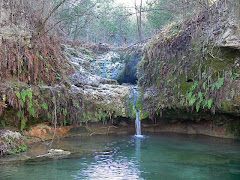
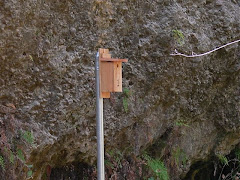
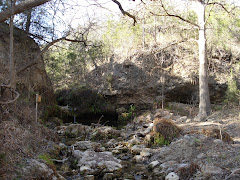
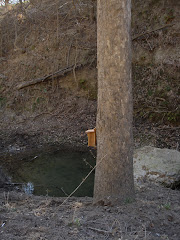
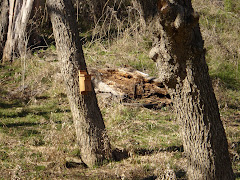




No comments:
Post a Comment